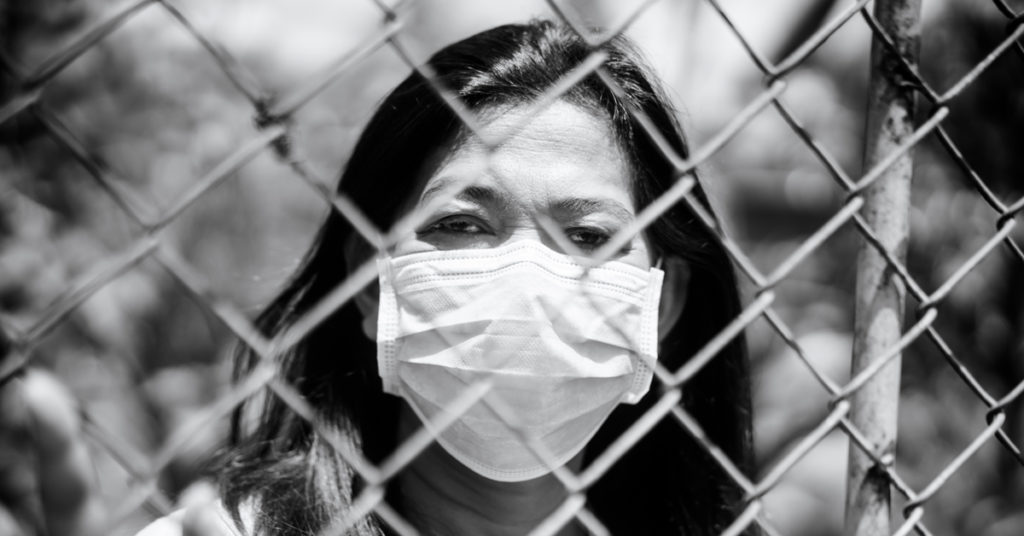Coronavirus – The new measurement of India’s economic class divide
Over the last few months, medical authorities around the world have warned us that people with low immunity and underlying diseases are more vulnerable to the novel coronavirus. But there are a few other conditions that are even more powerful indicators of who will survive the pandemic that most authorities have failed to highlight – the social and economic conditions of those affected.
Not surprisingly, a majority of the COVID-19 cases in India were originally detected in the neighbourhoods occupied by a privileged section of the population, mostly in people with international travel history. While they were all immediately isolated or hospitalised, something we should note about this group is that isolation for them meant warming their couches with a TV remote in hand and working from home while drawing a regular and guaranteed salary.

At the other perfect inverse of the class structure, however, this virus also infected a different set of the population – the ones who never travelled internationally (did not even have the means to), and just interacted with those who did. Ironically enough, this section which forms India’s ‘majority’ did not have the same luxuries when a lockdown was imposed in the country over a month ago. They were not offered the security of a job or other monetary compensations. Most of them did not even have access to food or potable water. It can be argued that the governments did not have the time to even consider options other than a nationwide lockdown due to the pace with which the virus was spreading. But the question remains – was it fair?
As the state had no arrangements made for these workers, many of them were forced to starve in a famine-like situation that just affected them and not the privileged. After five days of lockdown, the government did wake up to the wretchedness of the situation. They worked with local governing bodies to provide food and shelter for those in need. But for the first five days, these workers had an important decision to make – ‘Should I die of COVID-19 or hunger?’ I admit that it might be harsh to blame the state for decisions that they were forced to make. This is not a situation anyone could have been prepared for. But, just as before, the question remains – was it fair?
Many of us fail to notice that while we can harp about the importance of social distancing all we want, the fact remains that social distancing is a privilege of the middle class. A majority of the economically and socially backward population lives in slums, sharing a room with 6-8 people. How are we expecting people to spend all their waking hours inside four barely existing walls where you do not even have space to stretch your legs? Is it fair?
It is deplorable that all the emergencies and calamities that we face consistently appear to affect the poor in the most awful ways possible.
With just a few days left before the lockdown ends (hopefully) on May 17, the government needs to plan a strategy to ensure that the migrant workers stuck in different cities around the country are able to get back home to their families. Additionally, at an individual level, everyone with enough means needs to ensure that they support those in need, however possible – be it financially or emotionally.
To all of you reading this blog, I request just one thing. Let us work together to ensure that everyone survives this pandemic, irrespective of their economical or social standing. Let us work together for humanity’s sake and leave a better world for those who will follow us, shall we?
About the Author – Sahen Karamchandani

Sahen Karamchandani is an experienced Equity Research Manager who is currently pursuing his Global MBA at SP Jain School of Global Management. With a demonstrated history of working in the Asset Management industry, Sahen is skilled in Fundamental Analysis with expertise in Equity Valuations. He is known for creatively pursuing the goal of the client by showing adaptability with the given situation.
Would you like to read more articles from the SP Jain community? Click here.




